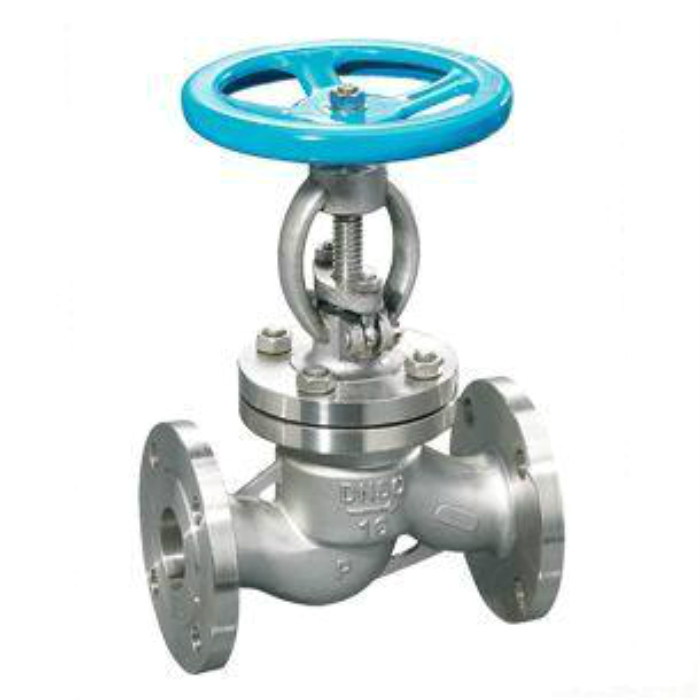How to improve the backseat structure and material of globe valve

The structure of the globe valve is simple, and the valve stem can be rotated and lifted to achieve the opening or cutting of the valve and ensure the sealing and back seating functions of the valve.
Due to the special movement principle of this structure, it also causes extremely unfavorable consequences for the stress between the sealing pair on the valve (forming both the vertical pressure necessary for the sealing pair and the relative sliding friction between the sealing pair). Practice has proved that the upper seal of the valve usually only opens and closes a few times, which is caused by the abrasion between the sealing pair. Slight abrasions need to be disassembled and repaired, and severe abrasions are scrapped due to damage. Such consequences not only increase the manufacturing cost of the enterprise, but also affect the performance of the valve.
In order to solve such problems, the structure and materials of back seat of the globe valve have been tested and improved.
① Move the back seating of the valve stem to the valve wedge so as to make the back seating surface on the valve wedge in a static and non-slip state relative to the back seating surface on the valve cover during the force process. Although this improvement can improve the life of the backseat, the structure is more complicated and the cost is higher because of the need to increase the seal between the wedge cover and the wedge.
② Change the material of the backseat pair. Overlay welding of Stellite hard alloy with good abrasion resistance on the sealing cone surface of the valve stem.Although this method has achieved good performance, on the one hand, because the cost of Stellite is too high, on the other hand, due to the fact that the basic material of the stem is 13Cr martensitic stainless steel, which has poor weldability. Preheating before welding is required during surfacing welding, and the heat preservation and welding process after welding are complicated. In addition, in order to ensure the dimensional accuracy of the valve stem, it is necessary to increase the roughing process. Given the above comprehensive analysis, except for special requirements, the cost performance of this solution is not good.
Practice has proved that increasing the hardness of the cone surface of the stem is a feasible method to improve the back seal life of the globe valve.